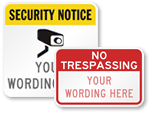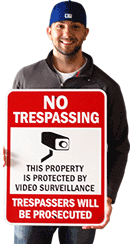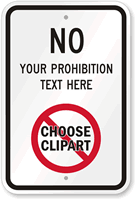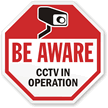Saratoga Springs bets its safety on security cameras
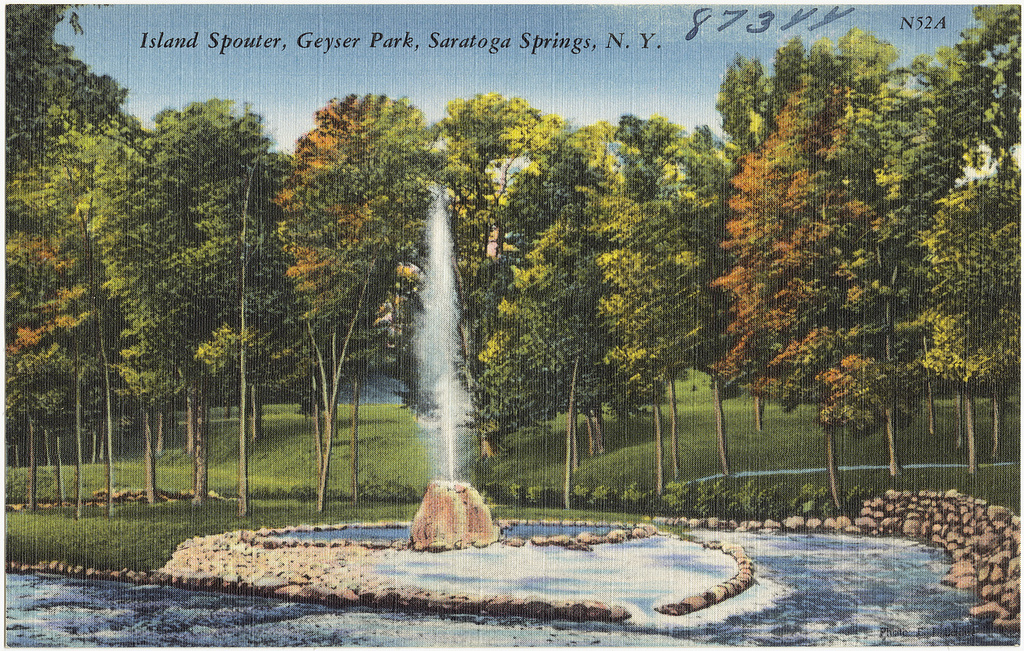
The resort town of Saratoga Springs wants you to keep associating them with geysers and good times, not crimes. Image by the Boston Public Library.
For tourist towns, safety and economic development go hand-in-hand. Every summer, tourists flock to the quaint resort town of Saratoga Springs in Upstate New York for its healing mineral waters and summer race track. However, a recent spate of crime including robberies, sexual assault and an ugly incident involving a machete, have residents worried not just for their safety, but also the city’s reputation — no one rushes to visit a town where a woman can get raped on a city street.
To help tackle the spike in crime, the City Council recently voted in a plan to install six new security cameras, mostly in Saratoga’s bar district, an area particularly rife with late night, alcohol-fuelled shenanigans.
City police hope that the security cameras will not only make it easier to catch criminals, but perhaps more importantly, act as a deterrent, discouraging people from committing any crimes at all.
The plan has met little opposition in Saratoga, where surveillance is tied to safety, and safety to economic prosperity. But security cameras have long been a controversial subject in the debate between security and privacy. The ACLU says that a municipal surveillance system makes it easier to track innocent citizens and cites cases of possible abuse, from monitoring of peaceful protestors to someone invasively zooming in on a person’s body.
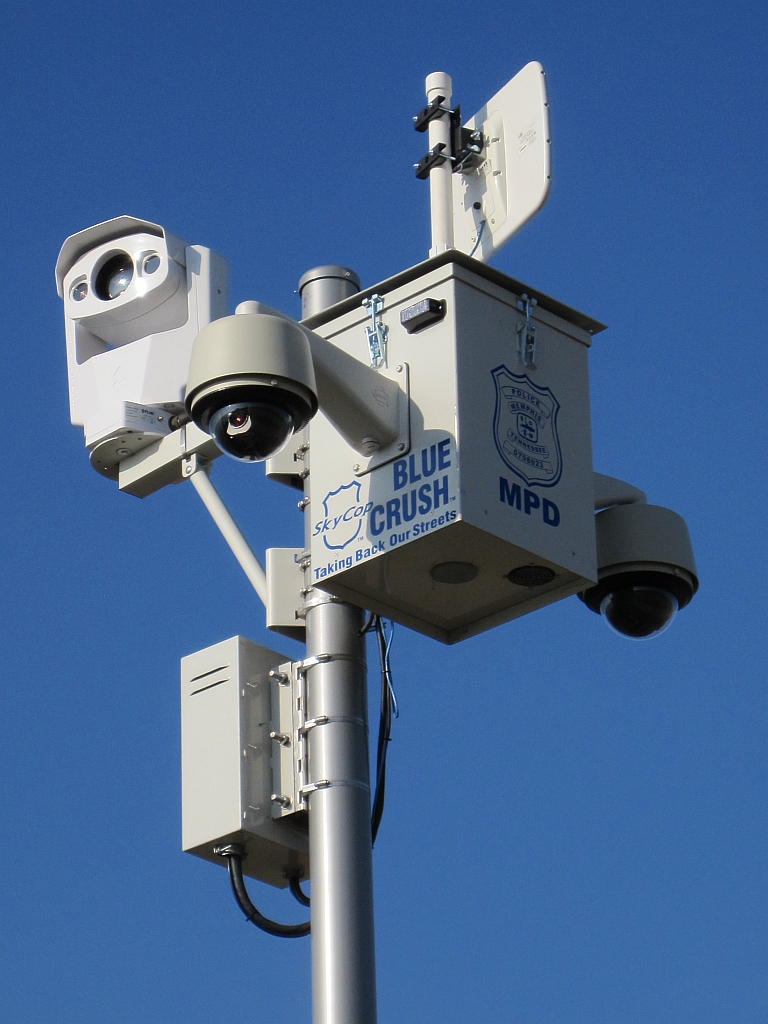
A three-camera video surveillance unit at a park in Memphis, Tennessee. Image by Thomas R Machnitzki.
The ACLU thinks that ceding this much privacy in the name of security security is too high a price to pay, particularly because the crime-deterrent effects of security cameras are not as evident as the Saratoga police department hoped.
Oakland, California, famous for being more violent than most other cities, rejected a proposal to install a video surveillance system on the basis that there’s no conclusive evidence that security cameras successfully prevent or reduce crimes.
England, the country with more surveillance cameras than any other, has found that this expensive method isn’t exactly efficient at catching criminals. In London, where residents are told that they can expect their likeness to be captured 300 times a day by video cameras, a report by the police department found that for every 1000 cameras, less than one crime is solved. Effectively, this means it costs the city £20,000 (about $30,000) to catch just one criminal.
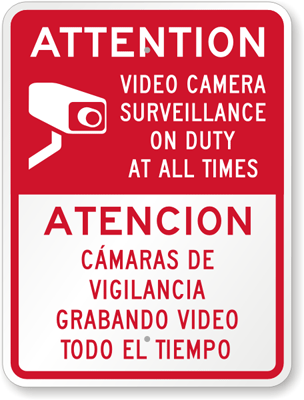
View this sign here.
In the end, whether city governments install surveillance cameras or not, many city streets are already heavily monitored. The Boston police department relied on a Lord and Taylors’ street-facing private camera to identify the bombing suspects — not a city-owned camera. Other images that proved useful were photographs and video footage taken from the most ubiquitous surveillance devices of all: cell phones.
Category: Surveillance, Trespassing


